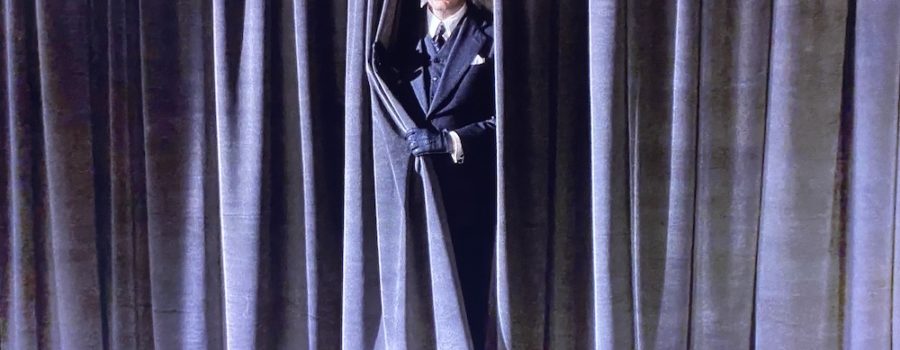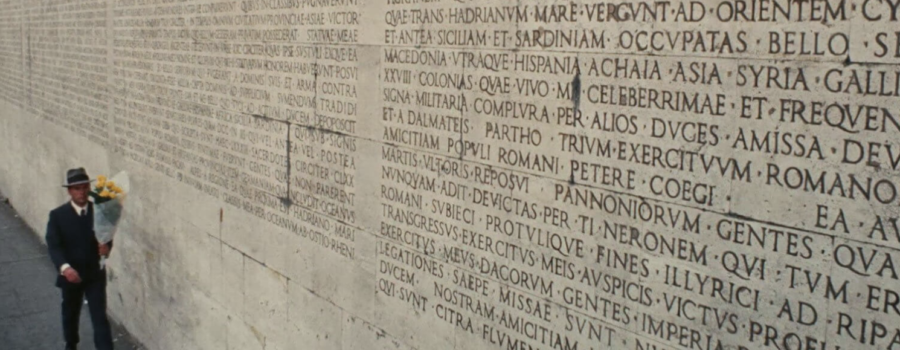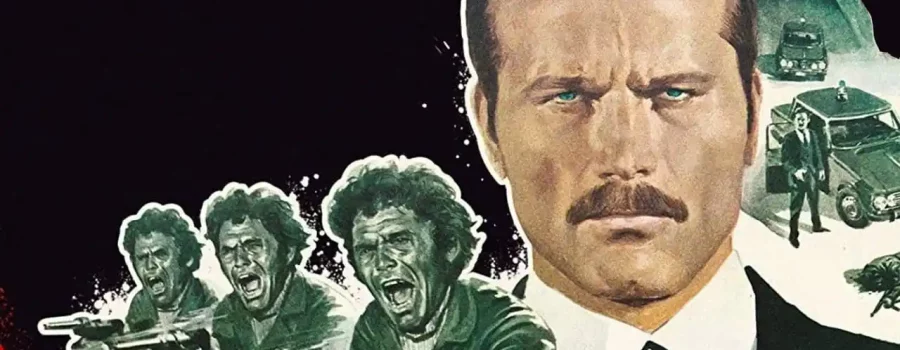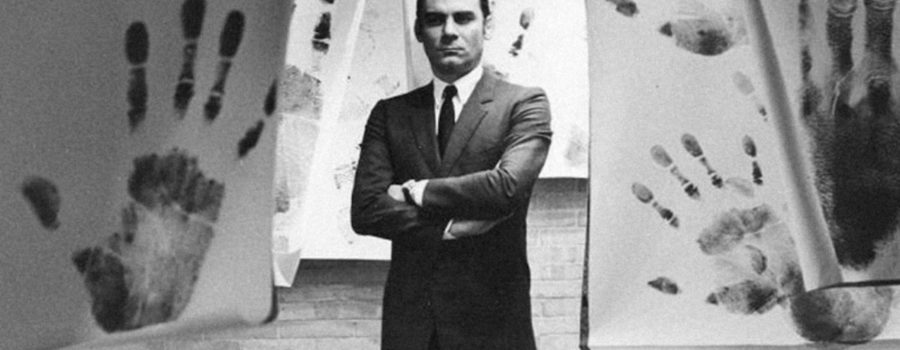Animula Vagula Blandula: (Un)Masking Clerici in The Conformist

|Chris Ryba-Tures| “To wear a mask is to literally put on a second face, a second identity—a theatrical identity removed from the everyday world.” –Lesley K. Ferris, Masks: Faces of Culture. Little soul, little wanderer, peeking out / from my body’s cover, host and lodger / which now change… Continue reading



